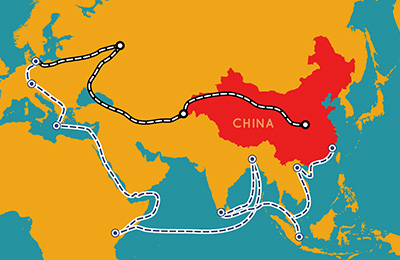rapid switch: china
Rapid Switch China proposes a cross-disciplinary exploration of barriers and bottlenecks that stand in the way of the decarbonization efforts in China involving engineering, economics, policy, and other applied social and behavioral science. This effort seeks to expand and deepen understanding of viable decarbonization pathways in China, focusing on the distinctive challenges that China faces at this stage of its economic development.
All Projects | Australia | China | India | United States
China projects
The role of “natural” time scales in energy system transformations
Sustainability implications of China’s Belt and Road Initiative (BRI)
Regional Challenges
ECONOMY – China is projected to be have the world’s largest economy by 2050, with economic growth remaining a priority as it strives to continue to increase its GDP per capita. What bottlenecks might prevent China from achieving its economic development and decarbonization agendas?
ENERGY – China is likely to have the world’s largest deployment of intermittent renewable energy, nuclear power, and carbon capture and storage by mid-century. What are the technical, infrastructure, resource, and socio-economic barriers to realizing these aspirations?
COAL – What role does China’s coal sector play in the low-carbon transition overtime? What socio-economic consequences, including stranded assets, might emerge from any transition away from coal?
MANUFACTURING – What opportunities emerge in China in engineering and manufacturing to leverage the global trends towards low carbon infrastructure?
TIMEFRAME – What are realistic timeframes and pathways to decarbonization for China?
LEADERSHIP – What leadership role might China play in global decarbonization efforts?

